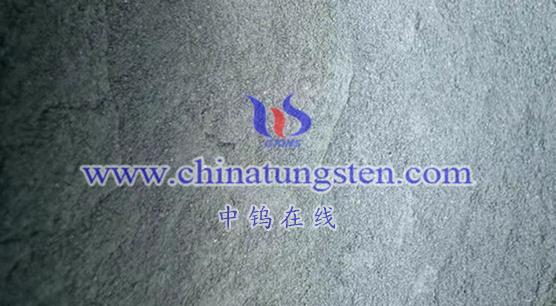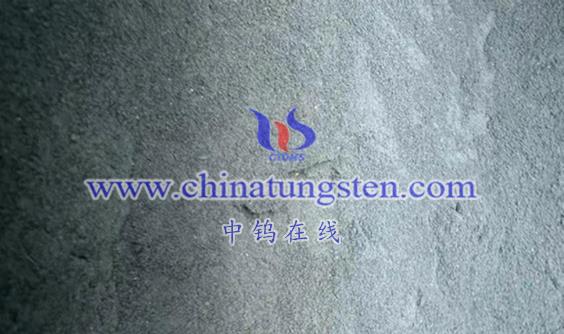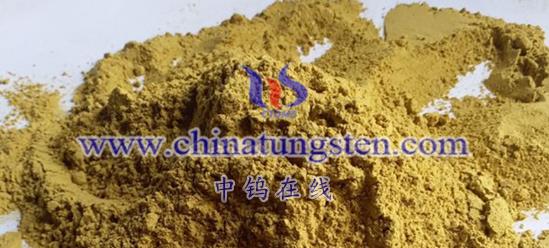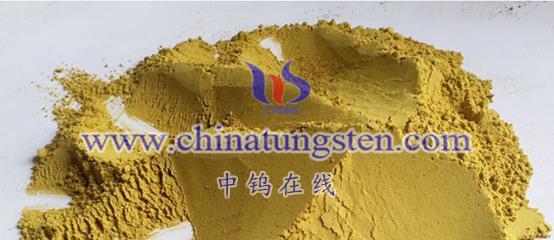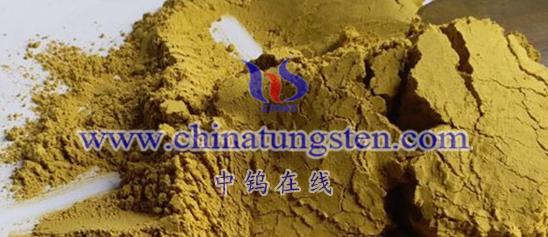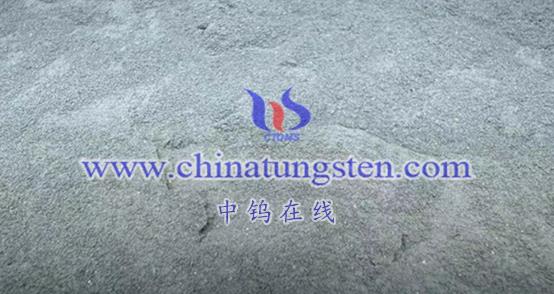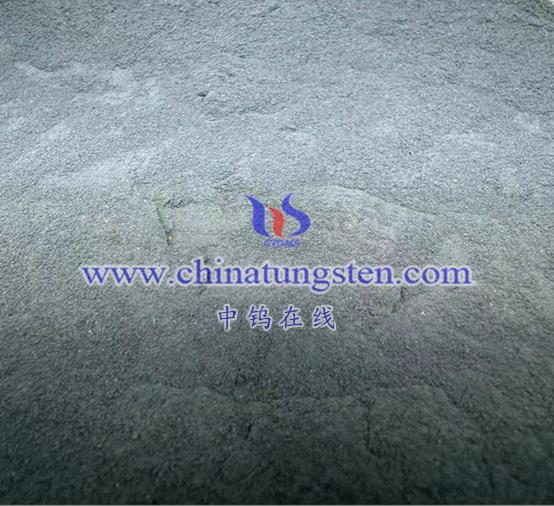
Tungsten oxide nanoparticles (WO3) have a wide range of applications in environmental monitoring, primarily due to their excellent physicochemical properties and catalytic performance. Here are several main applications of tungsten oxide nanoparticles in environmental monitoring:
- Gas Sensing
Tungsten oxide nanoparticles are widely used in the field of gas sensing due to their excellent gas sensitivity. They can be made into gas sensors to detect various harmful gases and pollutant concentrations in the environment. These sensors can monitor toxic gases in the air, such as CO, CH4, NOx, SO2, NH3, and H2, in real time and accurately, which is crucial for preventing and controlling environmental pollution and protecting human health. For example, in the petrochemical industry, tungsten oxide sensors can detect leaks of highly toxic gases like carbon dioxide, nitrogen oxides, and sulfur oxides; in the power industry, they can detect hydrogen produced during the deterioration of transformer oil, thus preventing fires and other safety incidents. - Water Quality Monitoring
Tungsten oxide nanoparticles can also be used for water quality monitoring. Their excellent photoelectric properties make them ideal materials for the photocatalytic degradation of organic pollutants. Through photocatalytic reactions, tungsten oxide nanoparticles can degrade organic pollutants in water, such as dyes and pesticides, thereby improving water quality. Additionally, they can be used to detect heavy metal ions and other harmful substances in water, providing technical support for the protection and management of water resources. - Atmospheric Pollution Monitoring
In addition to direct applications in gas and water quality monitoring, tungsten oxide nanoparticles can be integrated with other technologies for comprehensive atmospheric pollution monitoring. For instance, by functionalizing their surface, tungsten oxide nanoparticles can achieve efficient detection and removal of heavy metals and organic pollutants in the atmosphere. This technology has broad application prospects in atmospheric pollution control and environmental protection. - Manufacturing Environmental Monitoring Equipment
The excellent properties of tungsten oxide nanoparticles also make them important materials in the manufacturing of environmental monitoring equipment. For example, in the production of air quality monitoring stations and automatic water quality monitoring stations, tungsten oxide sensors can serve as core components, enabling real-time monitoring and early warning of environmental quality. - Environmental Protection and Management
The application of tungsten oxide nanoparticles in environmental monitoring extends beyond detection and monitoring; it can also provide technical support for environmental protection and management. Real-time monitoring of pollutants and data analysis can help identify environmental issues promptly and implement corresponding remediation measures. Furthermore, the photocatalytic properties of tungsten oxide can be utilized in environmental remediation, such as photocatalytic degradation of organic pollutants and removing harmful substances from water through water splitting for hydrogen production.
Tungsten oxide nanoparticles have broad application prospects and significant value in environmental monitoring. With continuous technological advancements and in-depth research, it is believed that the application of tungsten oxide nanoparticles in the field of environmental monitoring will become more extensive and profound.
More details of tungsten oxide product, please visit website: tungsten-oxide.com
Please contact CHINATUNGSTEN for inquiry and order of tungsten oxide:
Email: sales@chinatungsten.com
Tel.: 86 592 5129595
